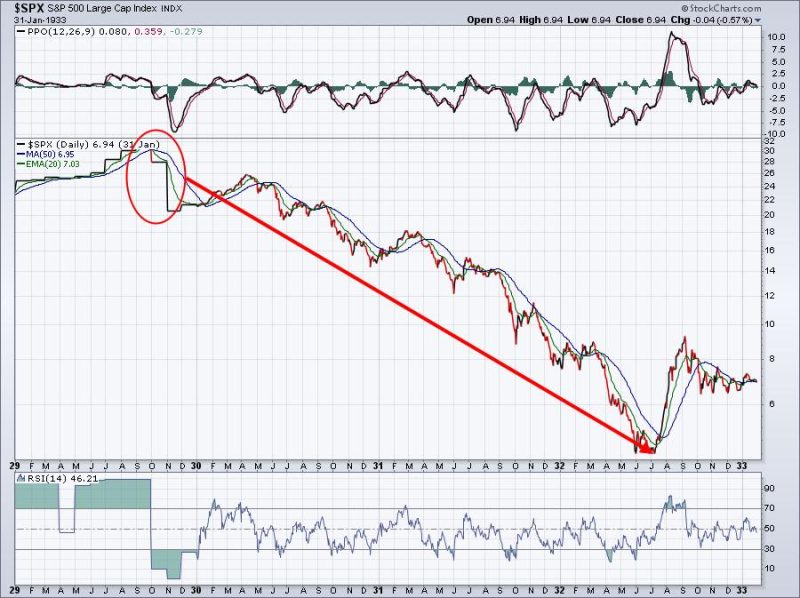The month of October can be a turbulent time for the stock market, with historical data showing both periods of growth and significant crashes. As investors gear up for another potential rollercoaster ride in the stock market, various factors may contribute to the volatility seen in U.S. stocks during this month.
One of the primary concerns that investors often ponder during October is market valuation. Stock prices can become overheated due to excessive investor optimism or market exuberance, leading to a correction as valuations return to more sustainable levels. Such corrections can be triggered by negative economic data, geopolitical tensions, or shifts in investor sentiment.
The Federal Reserve’s monetary policy also plays a crucial role in shaping market dynamics. As the central bank adjusts interest rates and communicates its future plans, it can create uncertainty among investors. Any hints of tighter monetary policy or concerns about inflation can send shockwaves through the market, leading to a sell-off in stocks.
Another factor to consider is corporate earnings. Quarterly earnings reports released during October can be a catalyst for market movements. Strong earnings growth from companies can drive stock prices higher, while disappointing results or bleak forecasts can lead to a sell-off. Market participants carefully scrutinize these earnings reports for insights into the health of individual companies and the broader economy.
Geopolitical events are another wildcard that can disrupt the stock market in October. Tensions between nations, trade disputes, or unexpected geopolitical developments can inject volatility into the market. Investors often react to these events with a flight to safety, moving their investments into less risky assets such as bonds or gold.
The psychological factor of market participants cannot be ignored when examining the potential for a stock market crash in October. Fear, greed, and herd mentality can amplify market movements, leading to sharp selloffs or frenzied buying. Emotions can cloud investors’ judgment and lead to irrational decision-making, exacerbating market volatility.
In conclusion, while the possibility of a U.S. stock market crash in October looms large, it is essential for investors to maintain a long-term perspective and not make knee-jerk reactions based on short-term fluctuations. By staying informed, diversifying their portfolios, and adhering to sound investment principles, investors can navigate the ups and downs of the market with more confidence and resilience.

